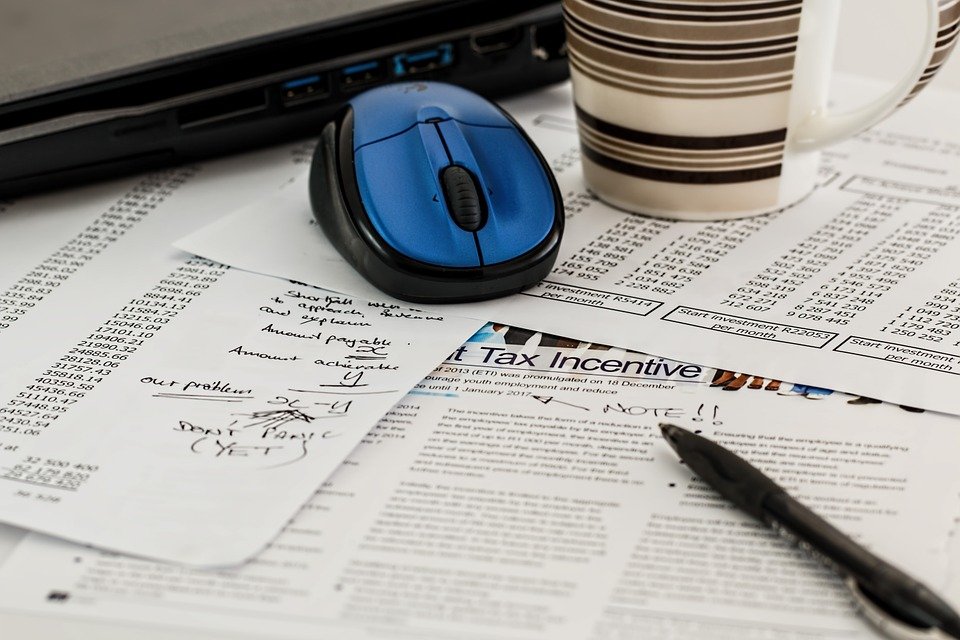
The realm of GST rebates is a somewhat confusing one. If you’re new to navigating the ins and outs of this process, or just need a refresher, this article can help you understand what this aspect of Canada’s tax program is all about and how you can make the most of it.
What Is the GST and How Does it Work?
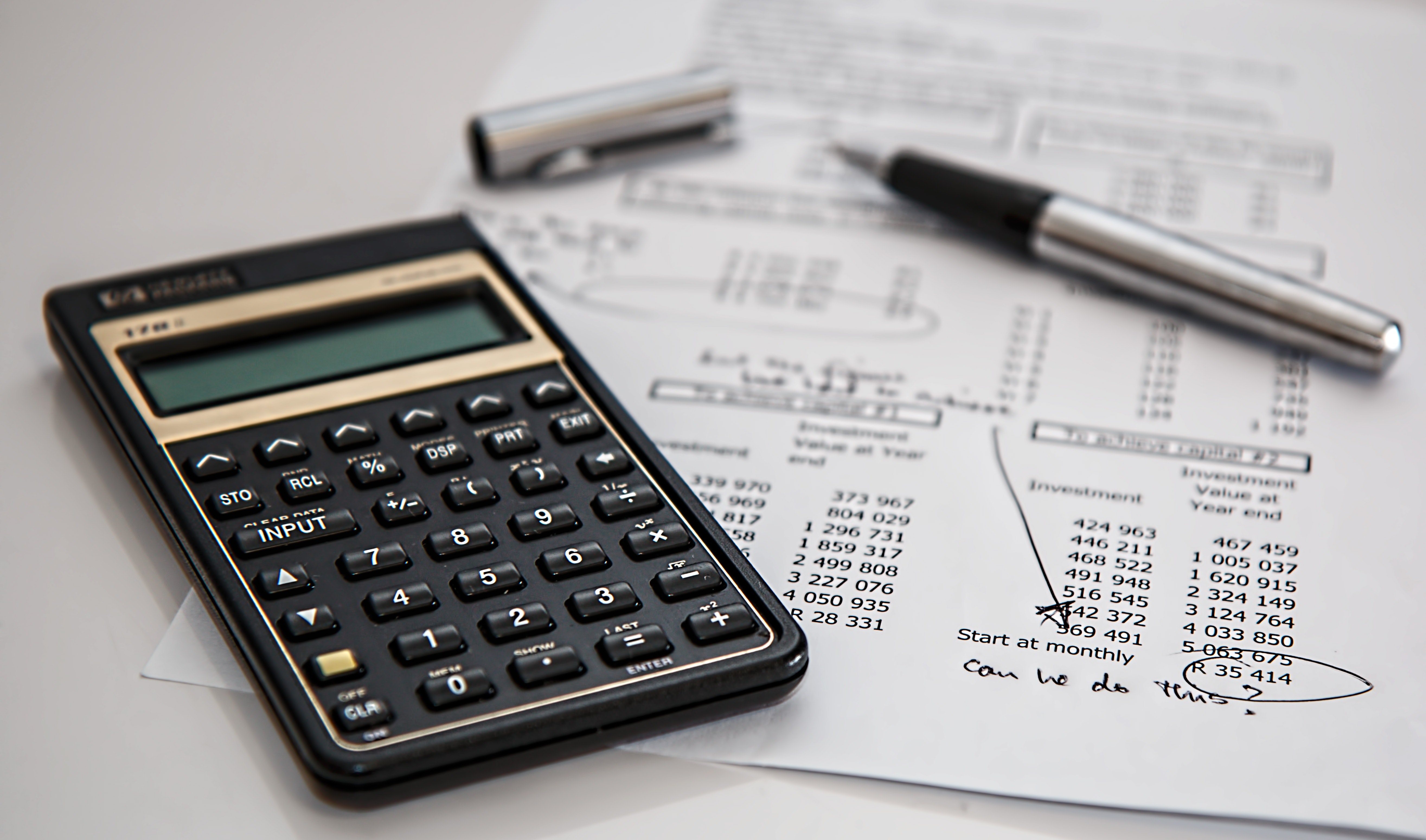
Image Via Pixabay
GST stands for Goods and Services Tax, which is a value-added tax added to the majority of domestic goods and services. It is paid by the consumer when purchasing an item or buying a service from a business, then paid to the government by that business.
The GST is considered an indirect federal sales tax, which is directly applied to the cost of goods. Different countries choose to place this tax on specific items, which then increases the sale price of those products. This additional cost is then used like any other taxes by the federal government.
Groceries often fall into the GST category. Take milk, for instance. The actual sale price for a liter might be $3.50. If the GST adds 5% to the cost of this consumable good, then the consumer pays $3.68 provided no additional state taxes levied.
Several countries implement a GST, with the first being France in 1954. Over 160 countries have now adopted this system, usually with their own tweaks to the system. A few countries that implement this form of taxation include:
- Canada
- Spain
- Vietnam
- Nigeria
- Australia
- Brazil
- Singapore
- South Korea
- The UnitedKingdom
- India
The majority of these countries use what is called a unified GST system. That means there is a single tax rate applied throughout the country. It also means they merge central taxes like excise duty and sales with state-level taxes such as entertainment or luxury, collecting them as one form of taxation instead of individual ones.
These unified taxes are collected by the central or federal government, then distributed to state-level governments. Unified GST rates also eliminate tax classes, remove internal tax frontiers, eliminate taxes at multiple levels.
There are also dual GST structures, like in Canada. The dual GST is applied in on top of state sales taxes at a rate of five percent. The individual state tax, known as the provincial state tax (PST), in Canada varies from seven to ten percent.
Going back to the $3.50 liter of milk, the consumer’s price would still rise to $3.68 with the GST but could incur another $0.35 increase. That would make the same liter of milk cost a total of $3.85 after both the GST and PST.
The New Way: HST
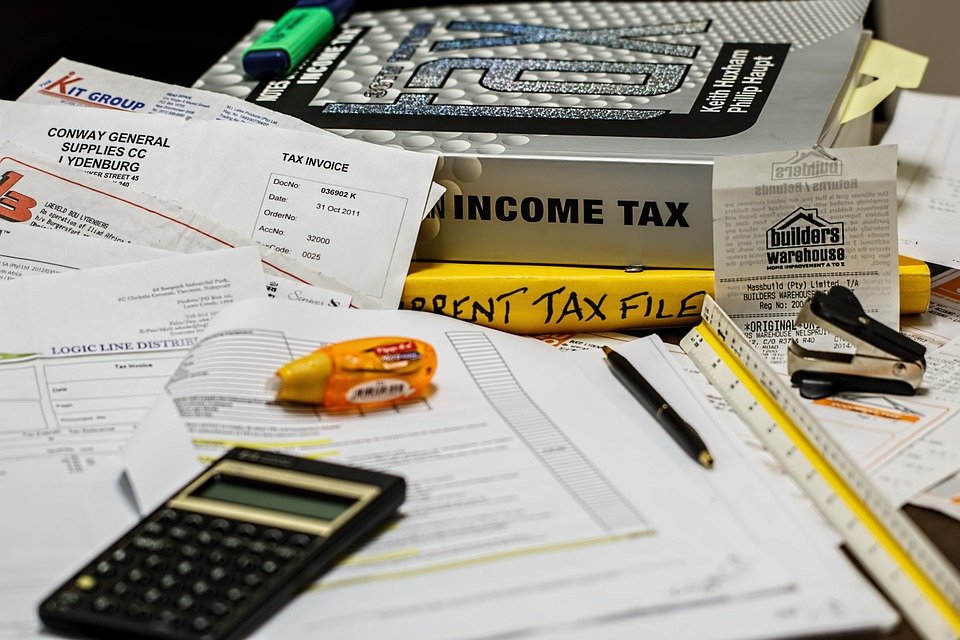
Image Via Pixabay
HST stands for Harmonized Sales Tax, which is a combination of both GST and PST. This concept is relatively new, first starting on Prince Edward Island in 2013. Other provinces in Canada from New Brunswick to Ontario quickly followed suit.
Ontario, for instance, had a federal GST of five percent and a PST of six and a half percent. Now, the HST has stood at thirteen percent since 2010, which eliminates the very real possibility of the cost of goods rising due to multiple taxations.
Canada often refers to this as the GST/HST to include all of its providences and how they choose to handle the tax. As part of the countries progressive tax system, you may qualify for a GST/HST rebate or tax credit.
Rebate vs. Credit

Image Via Pixabay
The GST/HST tax credit is for individuals and families. It reimburses a portion of the federal part of the sales tax to low-income households. To qualify, you must be at least 19 years old, married or living with a common-law partner, or have at least one child that lives with you. Residents can apply for this quarterly aid through their tax return, even if they have no income to report or do not owe any taxes.
The GST rebate runs on a different system entirely. There are 37 different types of rebates your business may qualify for, allowing you to claim the GST/HST and QST you have paid on certain goods and services. Reasons for a rebate can include:
- Amountspaid in error
- Investmentplans and segregated funds
- The generalapplication for SLFI (selected listed financial institutions)
- Leasingland for residential purposes
- New housing
- OntarioFirst Nations point-of-sale relief
- Legionentity poppies and wreaths
- And dozensmore
Each of these instances come with a reason code, and any business can only claim one reason code per rebate application. If you are eligible for more than one, then you must fill out separate applications for each. The real question is, do you qualify?
Do I Qualify for the GST Rebate?
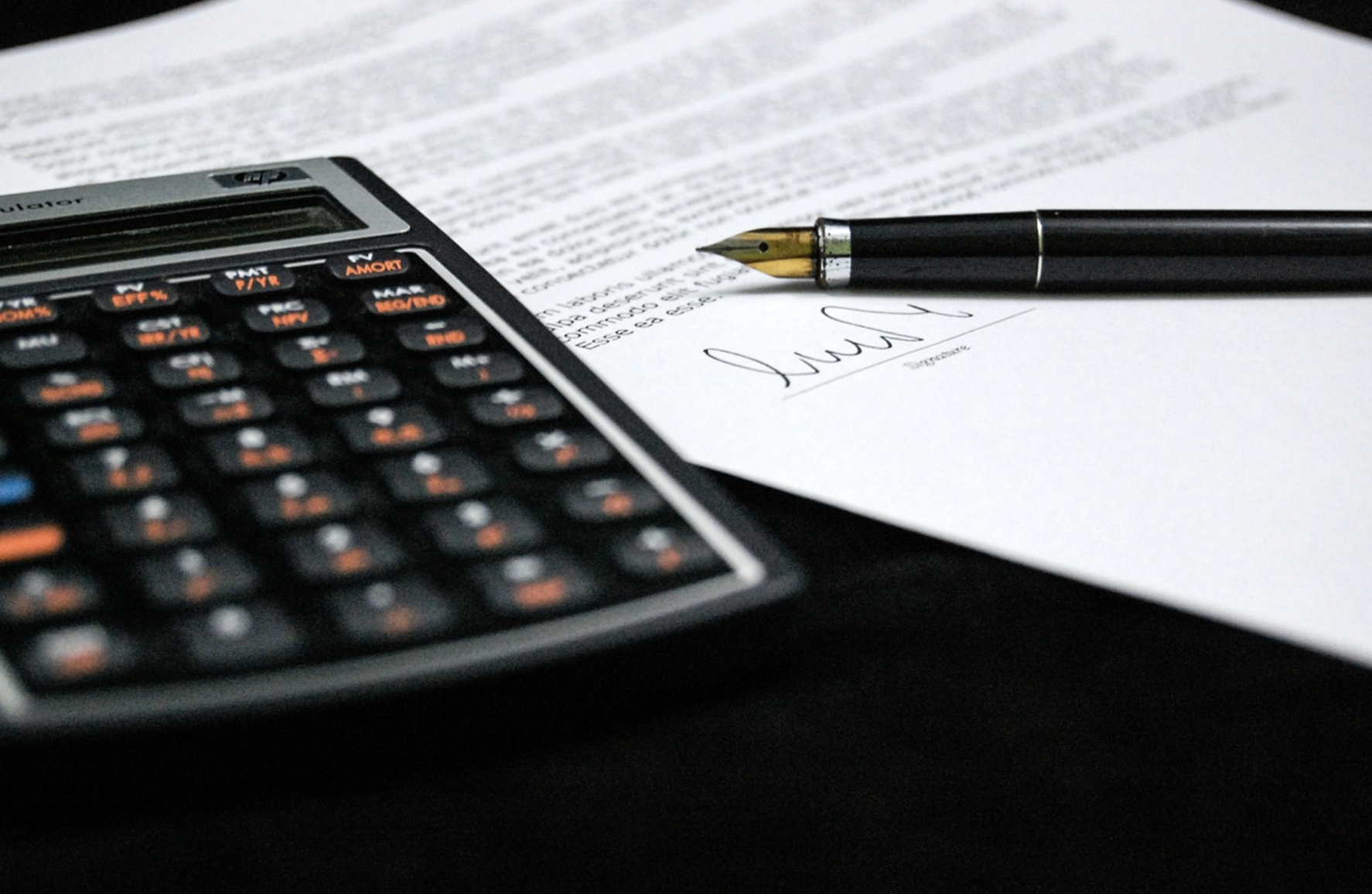
Image Via Pixabay
First, there are some reasons a business cannot qualify for a GST rebate. Knowing these off the bat can save you plenty of time. They include:
- Thespecified amount has already been rebated, credited, or refunded to you.
- Youreceived a credit not or issued a debit note for the amount.
- You havealready claimed or can claim an input tax credit for the amount.
- You canotherwise obtain a rebate or refund of the amount.
- Bankruptcy,provided you owe outstanding funds.
- The deadline(which varies based on reason code) has passed.
Now that you know what could cause an application for a GST rebate to fall through, here’s what you need to know about qualifying for one. You can head over to Canada’s Revenue Agency site via this link for a full list of GST/HST and QST rebates. The following are ways to determine if your business is eligible.
Reason Codes 1A and 8
This rebate is reserved for status Indians, Indian bands, and councils of an Indian band. Qualifying individuals can apply for a rebate when they have paid GAST/HST on property or services that they should not have. Individuals have two years to file after the payment error but may only send one application per calendar month.
Indian bands, tribal councils, and band-empowered entities who paid the tax on travel are also eligible for a rebate under reason code 8. This includes travel accommodation, meals, and entertainment. This rebate does not apply to individuals.
Reason Code 1C
If you paid GST/HST when you didn’t need to or paid more than you should have, you could qualify for this rebate. Penalties, interests, and similar obligation that are not payable count as well. Under reason code 1C, you can also request the amount from the supplier.
Reason Code 4
If you are a non-resident who exported goodoutside of the country for commercial use but still paid GST/HST or paid as a non-registrant on good used for exported artistic works, then you qualify for this rebate.
Reason Code 5
To receive this rebate, two conditions must apply. First, you have to be the person responsible for administering a legal aid plan. Second, you paid GST/HST on legal services for aid recipients.
Reason Codes 7 and 9
Reason code 7 is for non-registrants whomade a taxable sale of real property or are a municipality. If either applies to you and you paid GST/HST that could not previously be recovered or paid the tax while buying and fixing up the property.
Reason code 9 is a rebate for those who paid the tax while leasing land for residential purposes. You will need a copy of the lease agreement to send in with your application, but do not include receipts or other documents.
Other Reason Codes
There are a few other common reason codesto know, which include:
- 10 –Non-registered and non-resident taxes paid for installation services.
- 11 –Non-registered and non-resident taxes paid on goods supplies and on receivedservices from a registered supplier installing those goods on realproperty.
- 12 –Resident tax paid on consumption imports more than $25 Canadian.
- 13 –Resident HST tax paid on intangible personal property or service, with eachreceipt more than $5 Canadian.
- 16 –Qualifying items where point-of-sale rebate was not granted.
- 20 –Remission orders granted by the Financial Administration Act.
- 23 –Registrant suppliers who credited status Indian purchasers on qualifyingoff-reserve supplies or services equal to the 8% provincial part of an HST.
- 24 –Poppies and wreaths purchased by Legion entities that were taxed may apply fora 100% rebate.
- 25 –Non-SLFI investment plans and segregated funds as well as SLFI provincialstratified investment plans.
How to Claim Your GST Rebate
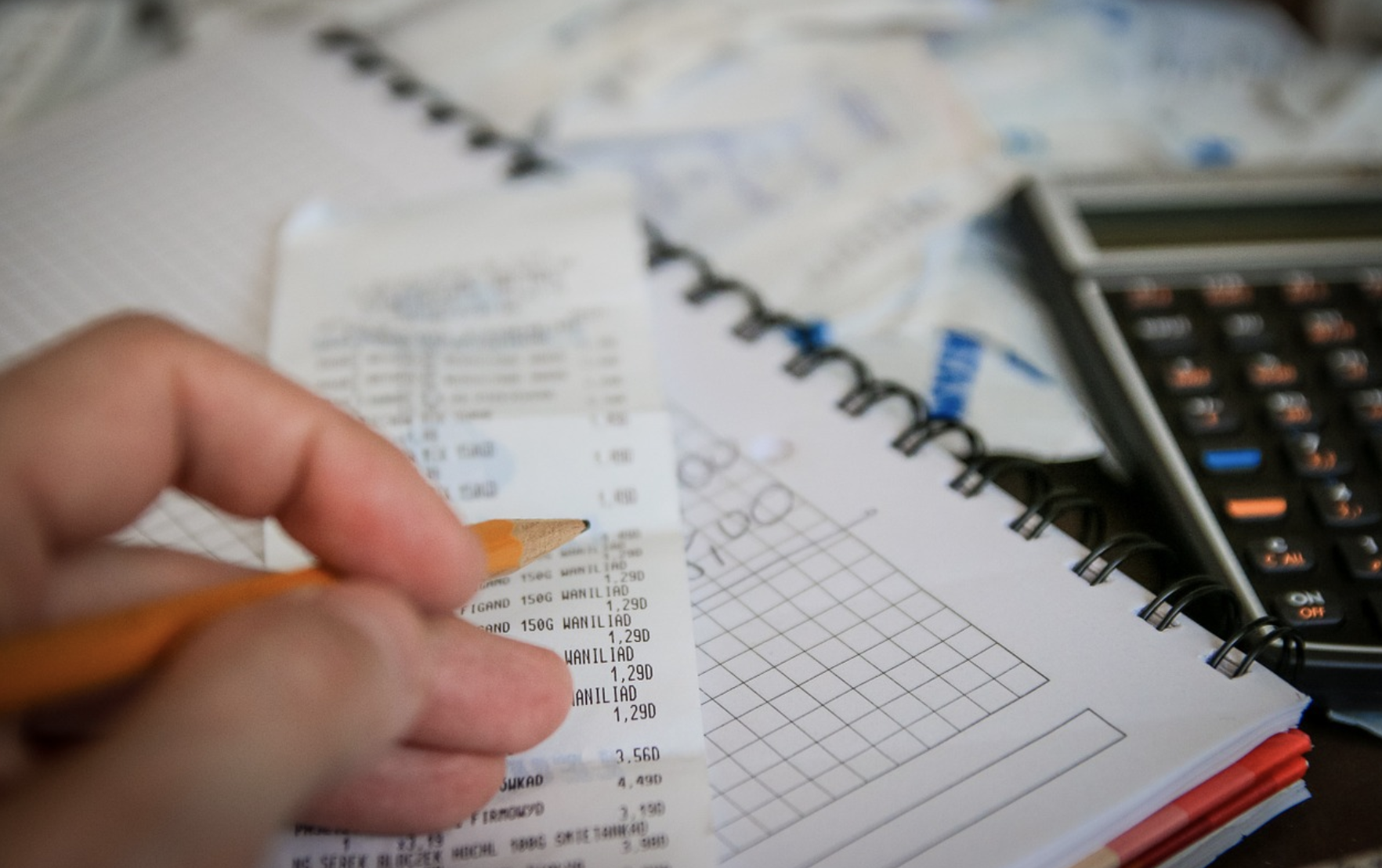
Image Via Pixabay
While understanding eligibility for the GST rebate can be confusing at times, claiming one is a simple process. Individuals use Form GST189, the general application, and Form GST288 if there is not enough room on the initial form to apply.
Only one reason code can be cited on a rebate application, which means you must fill out multiple for each reason you think you apply for. The forms are then sent in for review, and your rebate is either approved or denied based on whether you meet the qualifications for each reason code.
Keep in mind that you must have receipts to back up your purchase claims. You also have two years from any purchase date to fill out the form and apply.
Conclusion
Claiming GST rebates is essential for businesses both large and small, allowing them to reclaim the amount paid out during reporting periods through their Input Tax Credits. It’s a boost from Canada’s tax system that encourages growth and allows your prices to remain competitive yet appealing to consumers at large.






Leave a Reply